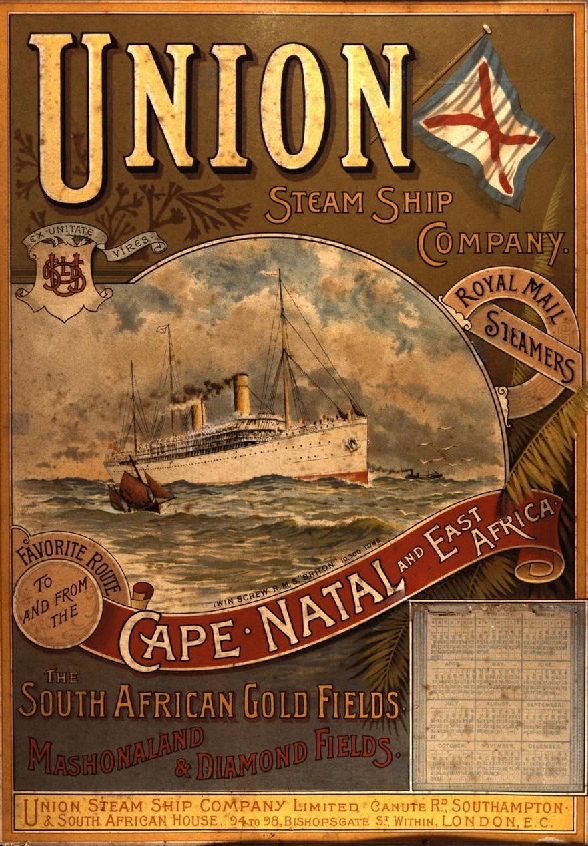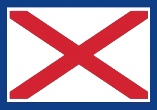Vessel |
1850s |
1860s |
1870s |
1880s |
1890s |
|
Cape Mail Service |
|
|
|
|
|
|
Dane (1) |
|
|
|
|
|
|
Phoebe |
|
|
|
|
|
|
Athens |
|
|
|
|
|
|
Cambrian |
|
|
|
|
|
|
Briton (2) |
|
|
|
|
|
|
Roman (1) |
|
|
|
|
|
|
Saxon (2) |
|
|
|
|
|
|
Norseman(1) |
|
|
|
|
|
|
Celt (2) |
|
|
|
|
|
|
Northam |
|
|
|
|
|
|
Syria |
|
|
|
|
|
|
Asiatic |
|
|
|
|
|
|
European |
|
|
|
|
|
|
Teuton |
|
|
|
|
|
|
African |
|
|
|
|
|
|
Nyanza |
|
|
|
|
|
|
American |
|
|
|
|
|
|
Anglian (2) |
|
|
|
|
|
|
Nubian |
|
|
|
|
|
|
Durban |
|
|
|
|
|
|
German (1) |
|
|
|
|
|
|
Pretoria |
|
|
|
|
|
|
Arab |
|
|
|
|
|
|
Trojan |
|
|
|
|
|
|
Athenian |
|
|
|
|
|
|
Moor |
|
|
|
|
|
|
Spartan |
|
|
|
|
|
|
Tartar |
|
|
|
|
|
|
Mexican |
|
|
|
|
|
|
Scot |
|
|
|
|
|
|
Norman (2) |
|
|
|
|
|
|
Briton (3) |
|
|
|
|
|
|
Saxon (4) |
|
|
|
|
|

































Vessel |
1850s |
1860s |
1870s |
1880s |
1890s |
|
Intermediates |
|
|
|
|
|
|
Danube |
|
|
|
|
|
|
Dane (3) |
|
|
|
|
|
|
Roman (2) |
|
|
|
|
|
|
Gaul |
|
|
|
|
|
|
Goth |
|
|
|
|
|
|
Greek |
|
|
|
|
|
|
Guelph |
|
|
|
|
|
|
Gaika |
|
|
|
|
|
|
Gascon |
|
|
|
|
|
|
Goorkha |
|
|
|
|
|
|
German (2) |
|
|
|
|
|
|
Galeka |
|
|
|
|
|












|
|
1850s |
1860s |
1870s |
1880s |
1890s |
|
25 - 30 |
|
|
|
|
|
|
20 - 25 |
|
|
|
|
|
|
15 - 20 |
|
|
|
|
|
|
10 - 15 |
|
|
|
|
|
|
5 - 10 |
|
|
|
|
|
|
0 - 5 |
|
|
|
|
|


















